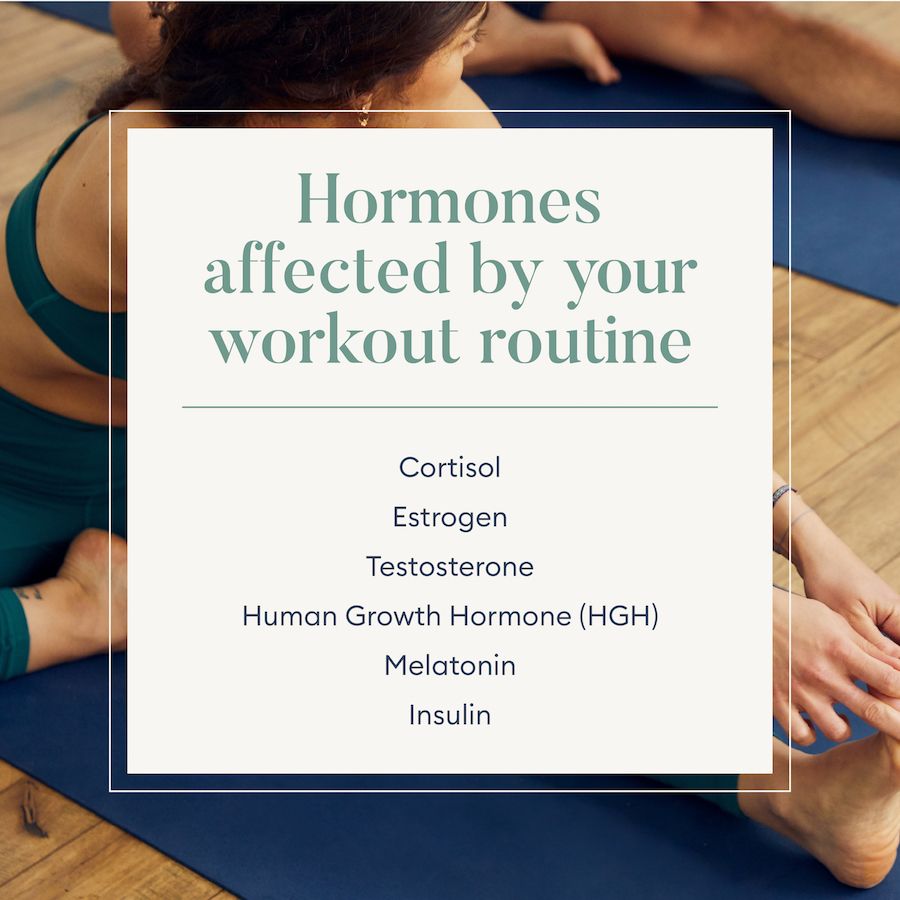Like a conductor of an orchestra, your hormones are your body’s chemical messengers. They are responsible for orchestrating a variety of bodily functions, including getting a good night’s sleep and maintaining a normal menstrual cycle. They also can be impacted by many lifestyle factors, from diet to environmental toxins. But how does exercise affect female hormones?
To answer this question, let's review the relationship between exercise and hormones, including six hormones you can help regulate via regular exercise.
What is a hormone imbalance?
When hormones are out of balance (meaning some are too high while others are too low), people often look to diet and supplements to bring them back to their optimal levels. After all, certain foods, such as those high in sugar, can trigger elevated levels of certain hormones, like insulin—the hormone that directs cells to store blood sugar for energy. But your workout routine can also be a tipping point for hormone regulation and is often overlooked way to keep them balanced.
“Exercise is one of the ways we can communicate to our body and to our endocrine system—the glands around the body that are responsible for secreting our hormones at the correct levels,” explains Erica Zellner, MS, health coach at Parsley Health Los Angeles. “Some of the hormones that are influenced by exercise include insulin, cortisol, estrogen, testosterone, human growth hormones and progesterone.” Because movement has such a powerful impact on hormones, Parsley Health doctors and health coaches use it to understand how it’s affecting a member’s hormones and make exercise recommendations for hormone balancing.



